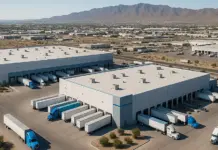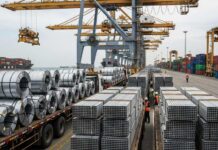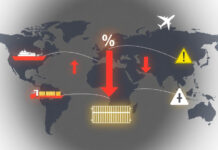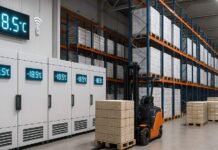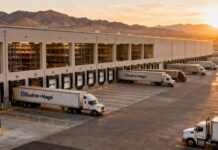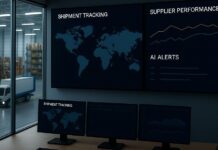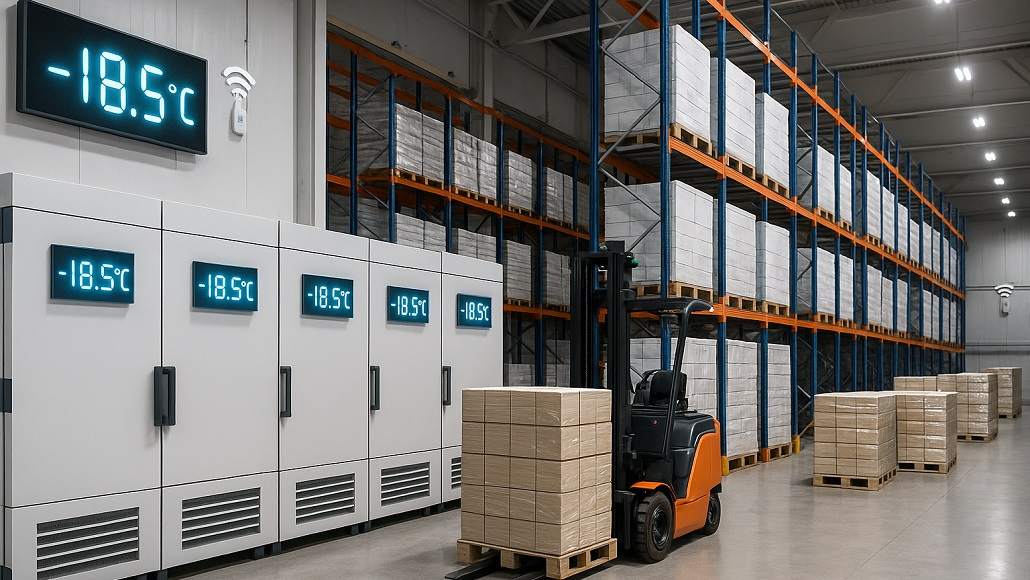Cold chain industry in MENA, The Middle East and North Africa, is undergoing a period of rapid transformation. The industry will grow from $24.9 billion in 2024 to $41.1 billion by 2030, growing at a strong 8.8% Compound annual growth rate. With demand for fresh food and medicines on the rise, stringent food safety regulations, and investments in smart infrastructure, the environment is being redefined.
Drivers of Growth
To begin with, there’s consumer demand. Consumers are eating differently now—people want fresh vegetables and fruits, milk, seafood, and ready-to-eat meals that need proper refrigeration end-to-end. This is actually a larger trend even in cities, where convenience and quality coexist.
Pharmaceuticals offer another large growth opportunity. With the growing need for vaccines and other temperature-controlled drugs, the region needs reliable, scalable cold chain supply chains to maintain quality and compliance from lab to patient. Governments are putting on more regulation to help guarantee that food and medicine are safely stored and shipped.
Then there’s the e-commerce revolution. Same-day delivery of goods and grocery shopping online are making logistics providers innovate fast, agile, and accurate temperature-controlled facilities, especially for last-mile delivery. That means more cold storage terminals in cities, upgraded vehicle fleets, and smart technology to manage it all.
Regional Picture: Who’s Leading?
Saudi Arabia is leading the charge with approximately 36% of the market and is growing the fastest. It’s expected to reach $16.5 billion by 2030. The country is prioritising food and medical logistics, and their government is backing large-scale infrastructure projects to support the industry.
The United Arab Emirates is also moving ahead, with new facilities and improved port logistics allowing fresh food and pharmaceutical imports. Egypt is building transport and storage capacity to position itself as a key logistics hub for goods heading to Africa.
Other Gulf countries are expanding their cold chain industry as well, particularly to support growing supermarket chains and healthcare distribution. The region’s location—connecting Europe, Asia, and Africa—makes it a natural hub for international cold chain logistics.
Technology and Innovation
Cold storage makes up more than half the local market activity today—about 56% in 2024. Within that, blast freezing continues to be the top choice. It’s fast and effective, especially for seafood and meat products, and applied across the board in both the food and pharma sectors.
But technology is moving faster. IoT sensors, cloud software, and automation are redefining the cold chain operation. Companies are now able to track temperature in real time, predict equipment failure before it happens, and optimise to reduce energy usage and downtime.
This kind of innovation is no longer optional. It’s necessary for government compliance, waste reduction, and satisfied customers. Digitisation is allowing logistics firms to expand while ensuring quality and regulatory compliance.
Opportunities
Of course, there is always room for improvement. Not all parts of the region are equally served with cold storage or sophisticated logistics solutions. Some of the remote and rural sectors still employ older techniques that are not well suited to achieving even temperatures. And although energy costs and skilled personnel are considerations, they’re also opportunities.
We already witness investments, solar-powered facilities, and capacity-building to build the skills needed to run high-tech cold chains. Regional collaboration on food safety and logistics regulations is also gaining strength, which could drive cross-border trade in the future.
Conclusion
The Cold chain industry in MENA is firmly on the growth path. Driven by the demand from consumers, governmental support, and technological development, the industry is fast becoming one of the region’s most vital infrastructure investments.
With a value of more than $41 billion at the close of the decade, cold chain logistics will be in the vanguard of the way the region feeds its population, dispenses healthcare, and trades with the world. For investors in every sense, this is the moment to invest, to upgrade, and to pioneer



